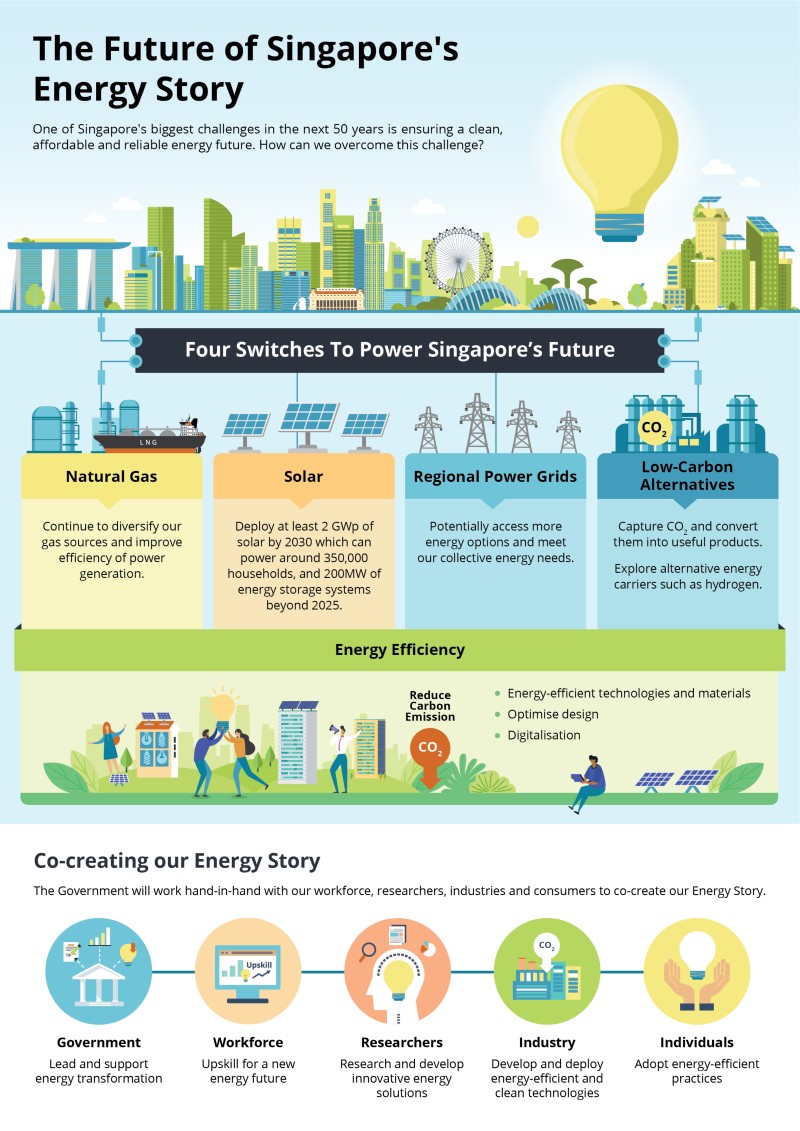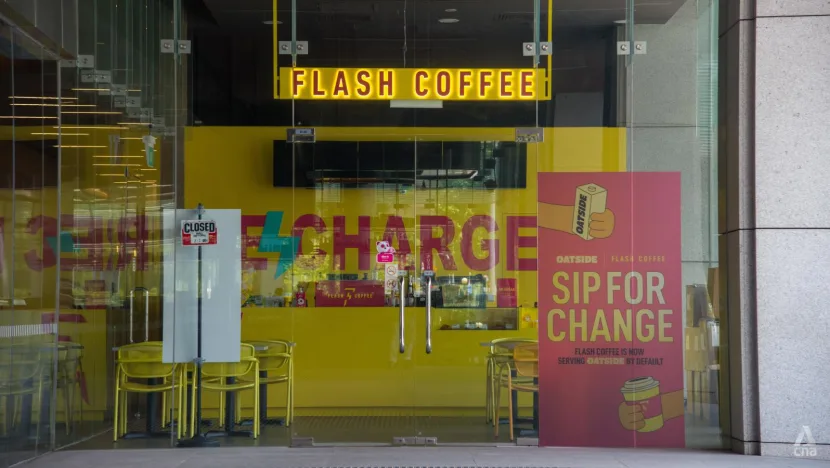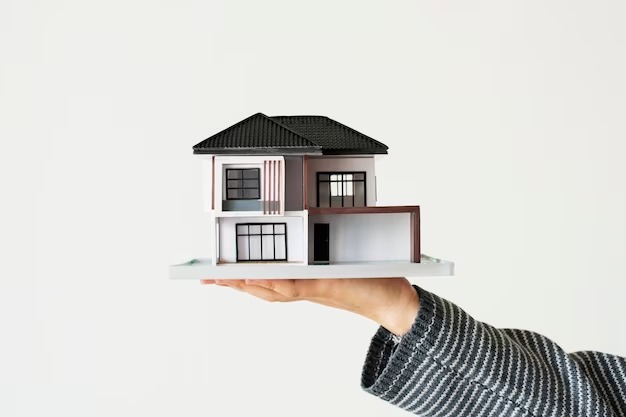Singapore strives for net-zero emissions by 2050

With no source of fossil fuels including natural gas in the country, Singapore is making all efforts to ensure that its energy sector is not adversely impacted due to short supplies in the coming years.
Brands and Business Magazine
The city state Singapore imports fuel to meet the growing energy demand and the country started importing natural gas to replace oil in the power generation sector. By 2013, gas had almost entirely replaced oil.
Powering Lives, an official website of Singapore, natural gas will continue to be a dominant fuel for Singapore in future as the country scales up other sources.
Singapore aims to achieve net zero emissions (NZEs) by 2050 and plans are underway to tap alternative energy sources such as solar, biomass, wind, and municipal waste. The government plans to deploy 1.5Gigawatt peak (GWp) by 2025, and at least 2GWp by 2030 as solar energy is clean, generates no emissions, and is the country’s most promising renewable energy source.
The government has also signed an agreement with neighbouring Malaysia to import 100 MW of electricity as part of a two-year trial, under a joint agreement between YTL PowerSeraya and TNB Genco in January this year.
Spurt in LNG imports
According to Singapore’s Energy Market Authority (EMA), natural gas imports totalled 10.6 Mtoe (million tons of oil equivalent) in 2021. This includes 7.4 Mtoe of piped natural gas from Indonesia and Malaysia and 3.4 Mtoe of Liquefied Natural Gas (LNG) from countries such as Australia, the US, Egypt, and Angola.
The EMA further said that the natural gas imports increased by 4.1 per cent in 2021 compared with 2020. The increase was mainly attributed to higher amounts of pipeline natural gas imported (6.7 Mtoe and 7.4 Mtoe in 2020 and 2021 respectively).
Of this imported natural gas, 95 per cent was utilised for power generation and the rest was distributed among the end-users such as industries, commerce & services sector, and households respectively.
The gas imports from Indonesia and Malaysia were through Natuna pipeline and Sumatra pipeline both in Indonesia. Malaysia’s supplies gas via a new 5km pipeline linking Petronas’ Peninsular Gas Utilisation Pipeline to the Singapore Gas Transmission System.
Another deal
In a latest development, Sembcorp Industries (Sembcorp) has signed a Gas Sales Agreement on June 6 to import natural gas piped from Indonesia, estimated to be valued at $1.41 billion.
The agreement is expected to take effect by the second half of 2023, depending on the necessary agreements to transport the new supply of gas. Delivery is expected to begin in 2024 for a period of four years, according to a Sembcorp news release.
“The GSA supplements Sembcorp’s existing natural gas supply from piped and liquified sources, allowing it to maintain its position as Singapore’s leading natural gas Importer,” Sembcorp noted.
“Sembcorp is committed to supporting Singapore with a stable and resilient supply of energy in its transition towards a net-zero future.”
In 2001, Sembcorp oversaw the first delivery of natural gas to Singapore from Indonesia, with an initial agreement of 325 million standard cubic feet per day of natural gas sent to Singapore for 22 years, also delivered through the West Natuna pipeline.








